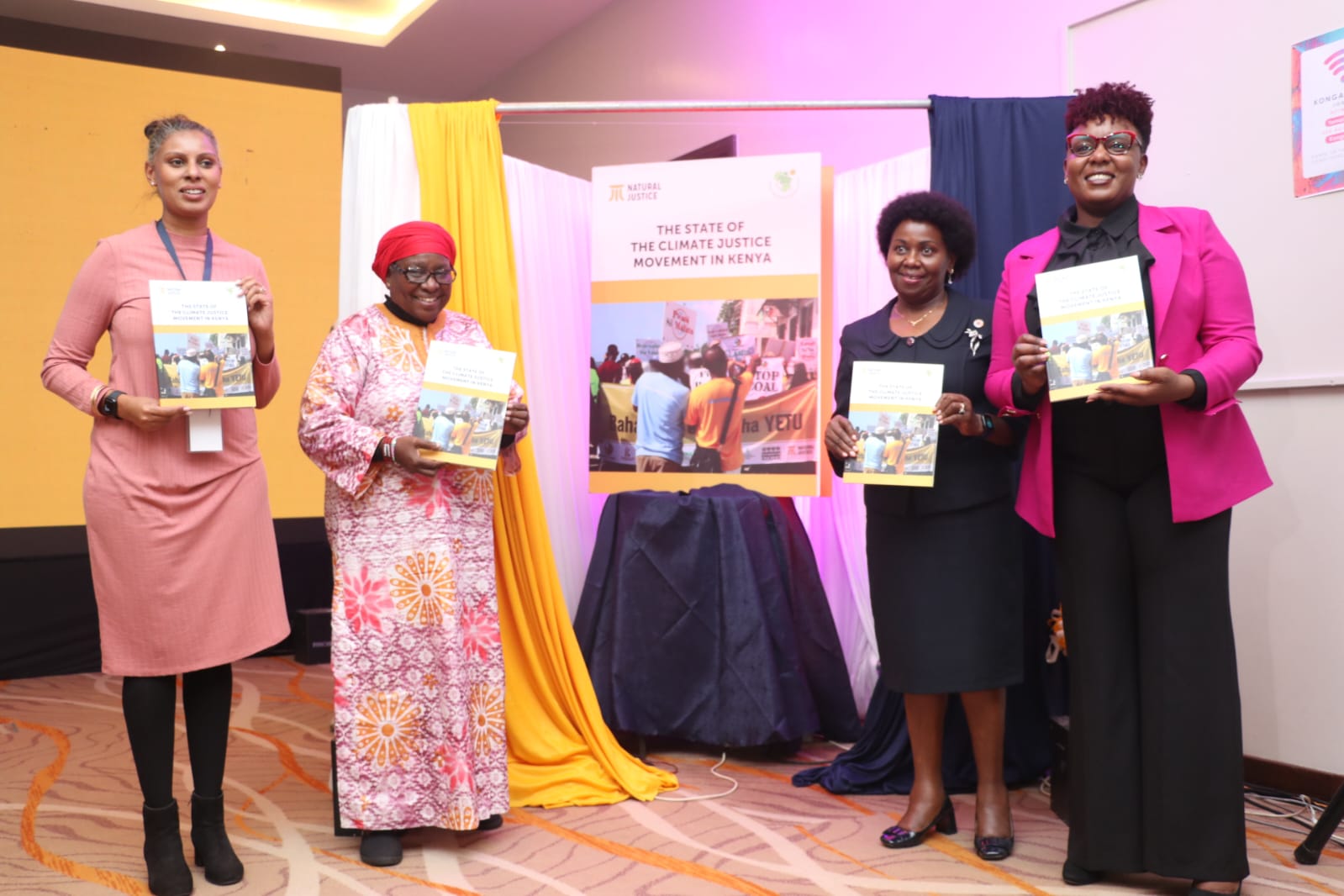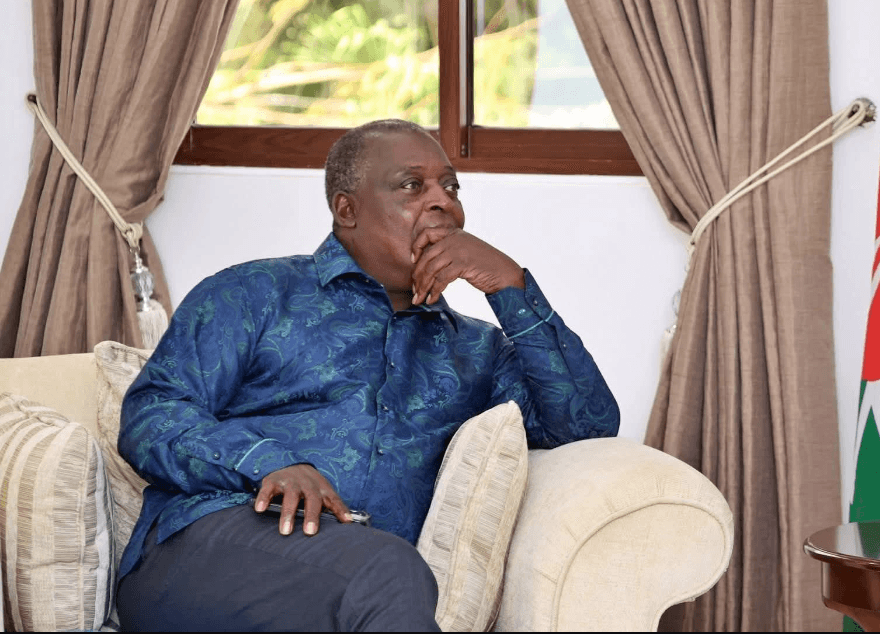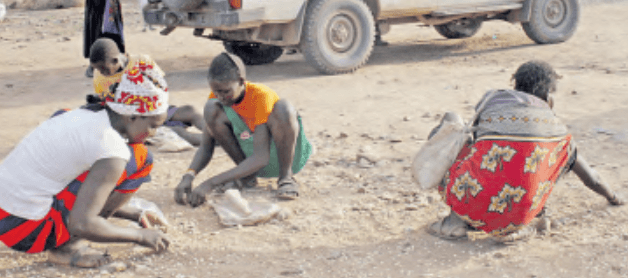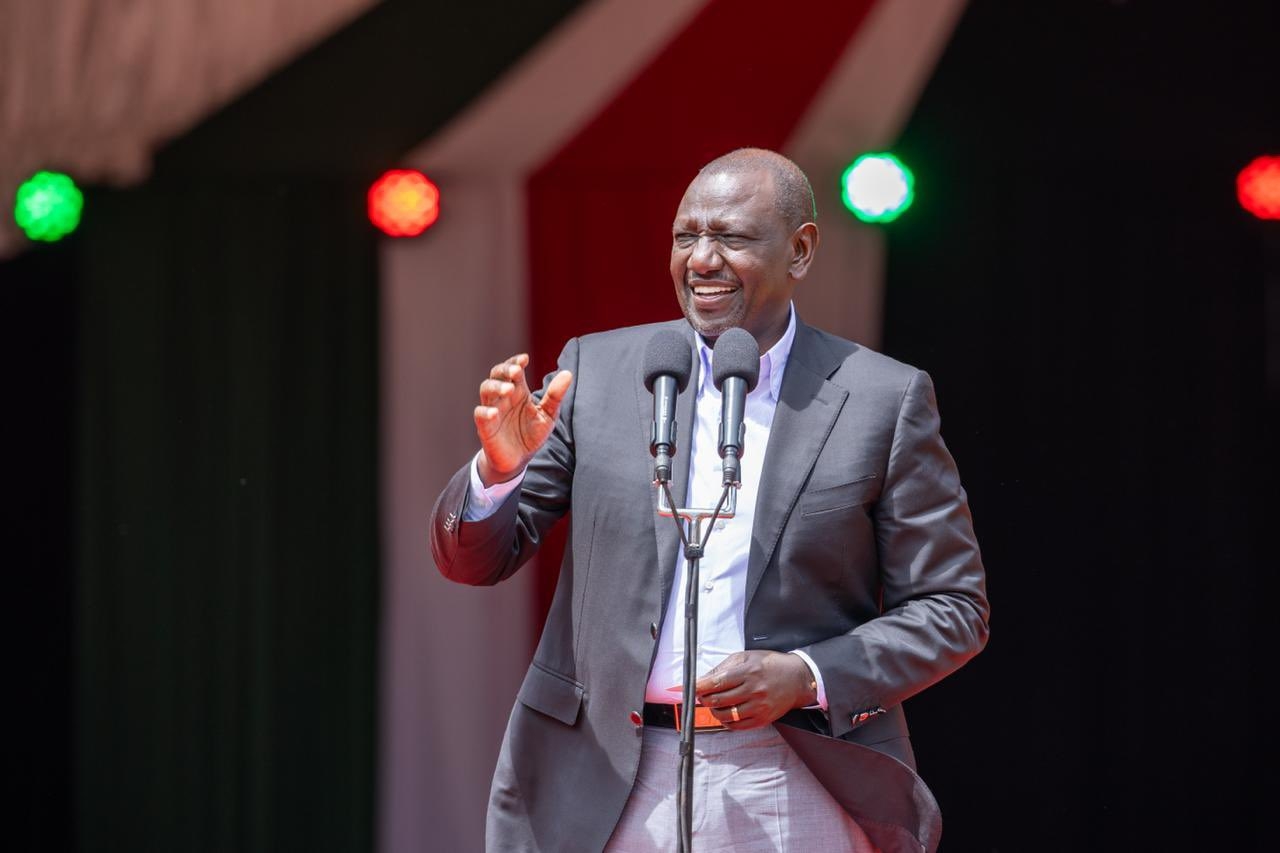A new report by Natural Justice has highlighted the critical role Kenyan communities are playing in driving climate justice across the country.
Released on July 3, 2025, the report titled “The State of the Climate Justice Movement in Kenya” emphasises that while attention often centers on NGOs and formal institutions, the real frontline lies within local networks.
“While the spotlight often falls on NGOs and formal institutions, the real frontline of this struggle lies within communities. From Indigenous Peoples defending ancestral lands to women safeguarding food systems and youth organising for cleaner futures, this is the activism of climate justice,” the report stated.
It notes that many individuals do not identify as part of a movement but rather as defenders of their water, forests, health, and dignity.
“This is where the climate justice movement truly lives,” it added.
The report reveals that nearly every region in Kenya has at least one active climate justice-related legal case. Communities are increasingly turning to courts to defend their rights and the environment.
“Litigation is becoming a key tool for communities to challenge extractive industries, protect ancestral lands, and demand climate accountability,” said Elizabeth Kariuki, East Africa Hub Director at Natural Justice.
Where climate justice initiatives deliver tangible benefits such as access to clean energy, improved food systems, or health services, community engagement is reported to soar.
The report cites the World Bank’s Financing Locally-Led Climate Action Program (FLLOCA) as an example of how funding can spark local organising.
Speaking during the report’s launch, Prof. Patricia Kameri Mbote, Director of the Law Division at the United Nations Environment Programme (UNEP), underscored justice as central to effective climate action.
“Climate justice is what gives climate action its moral and political legitimacy. Without justice, climate action fails,” Mbote said.
She called for targeted education for individuals and institutions contributing to environmental harm, stressing that access to justice must move beyond symbolism to become systemic and tangible.
Mbote lauded Kenya’s climate justice movement for its resilience and innovation.
“This report shows that Kenya’s climate justice movement is mobilising, adapting, and innovating. It also signals what the future of climate governance should look like: equitable, participatory, and legally enforceable,” she said.
She urged Kenya to lead globally.
“Justice must be an innovation framework in policy implementation, finance, and institutional design. Kenya must not remain a local exception; it must become global,” Mbote added.
The report identifies gender and health as key entry points for expanding climate justice, particularly in rural and underserved areas.
It also highlights the movement’s underutilization of technology despite Kenya’s growing digital capacity, pointing to opportunities in data collection, early warning systems, and digital storytelling.
“Media houses and journalists must step up. Without visibility, these courageous efforts risk being silenced or erased,” the report stated.
However, it also noted that political support, particularly at the county level, lags.
Community voices are often sidelined, and tokenism continues to hinder meaningful participation in climate decision-making processes.
Despite challenges such as limited funding and systemic exclusion, the report affirms the movement’s resilience and creativity, deeply rooted in daily life.
Describing the findings as both a reality check and a call to action, Kariuki said: “This report lays bare both the power and the precarity of Kenya’s climate justice movement. Real climate leadership is being forged in communities by women, Indigenous Peoples, youth, and grassroots organisers, working under immense pressure and with limited support.”
She reiterated Natural Justice’s commitment to supporting these efforts.
“At Natural Justice, we stand shoulder to shoulder with them, committed to legal empowerment, policy influence, and movement building. The path ahead demands bold collaboration, deeper solidarity, and the full inclusion of those at the frontline. That is the future we are working toward, together,” Kariuki said.















